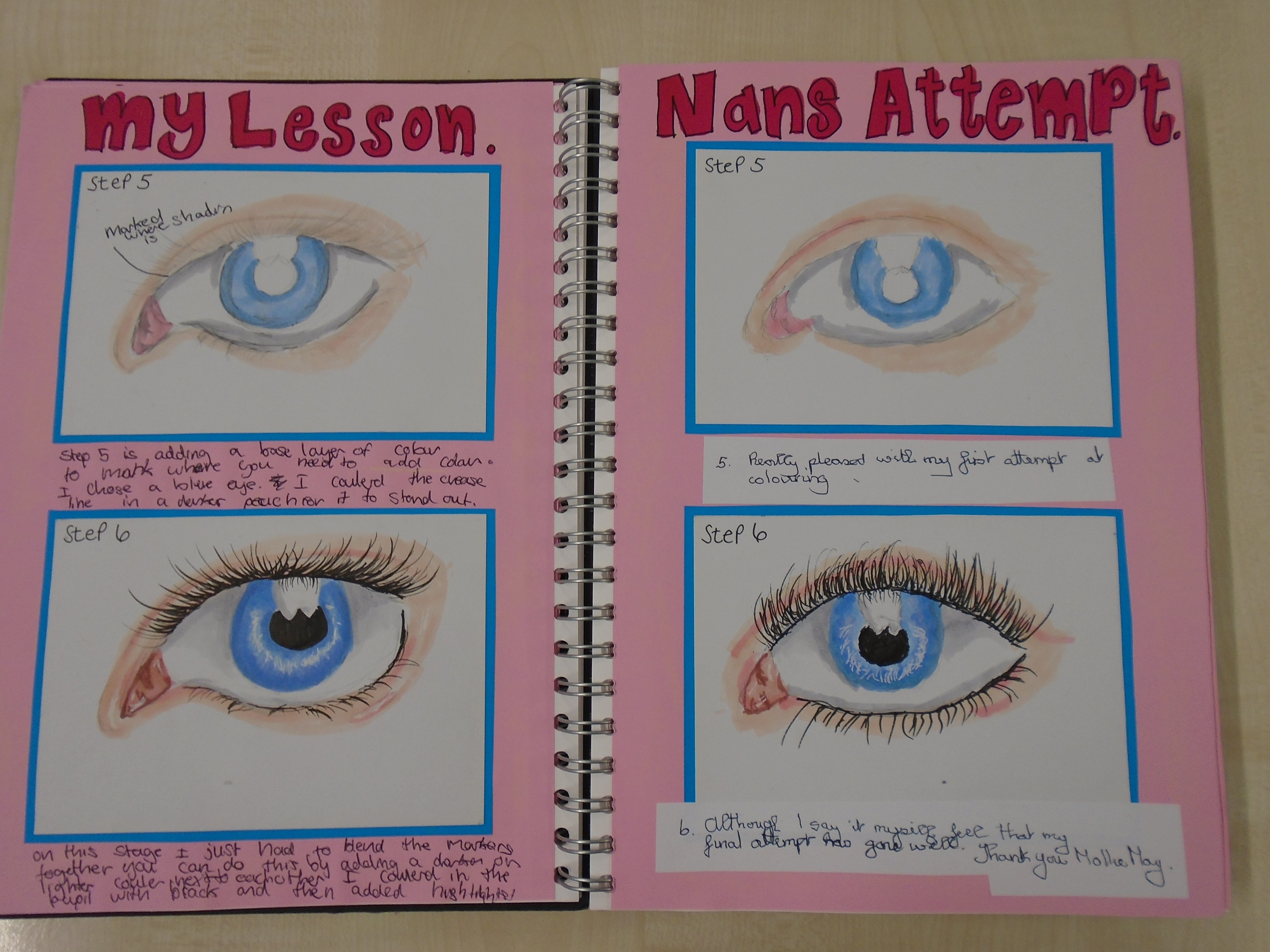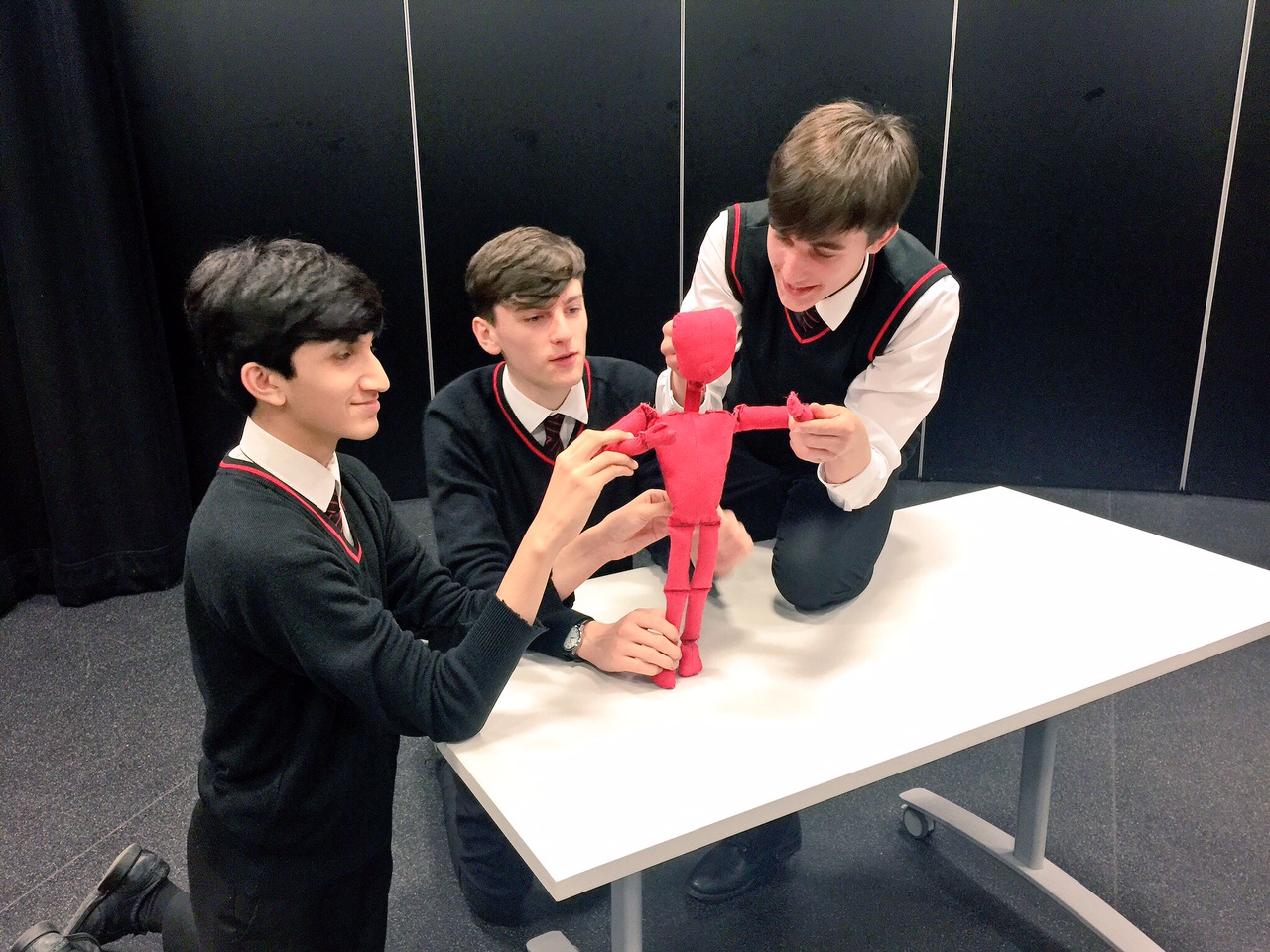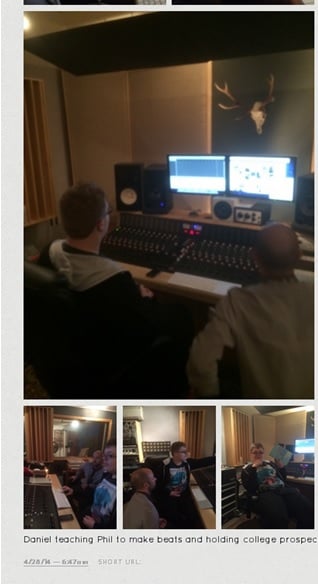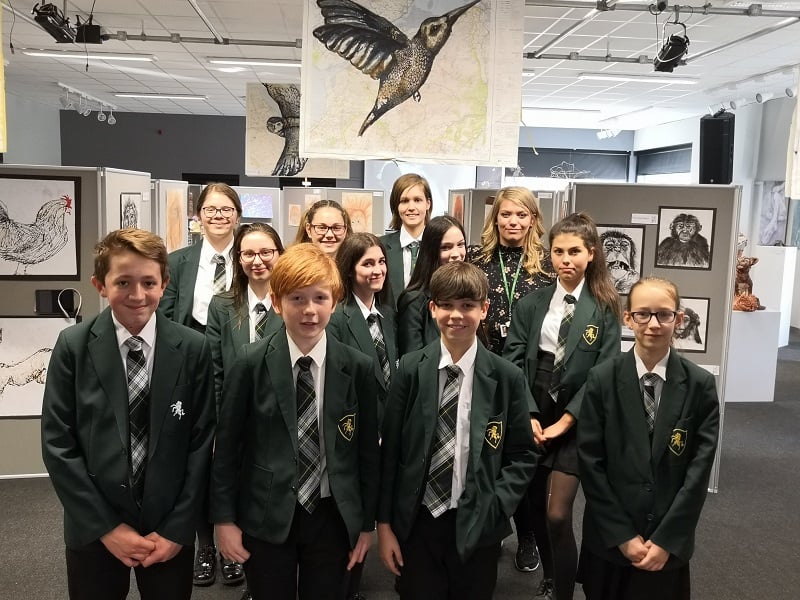
Arts Award as an extra-curricular activity in schools
BY: Guest Writer
30 Sep 2024
Concluding our ‘Arts Award in Schools’ theme on the blog this month, Sara Jane Datta, Head of Art at Alvechurch C of E Middle School in Birmingham explains how she delivers Bronze and Silver Arts Award as an extra-curricular offer during lunchtime and form time and how this gives pupils a unique environment to work in.
I have been part of the Arts Award family for over a decade, and I began my journey as an Arts Award adviser after experiencing an extra-curricular arts project with my school’s county arts team. From there I was looking for something to provide my pupils with enhanced arts opportunities, and Arts Award being a nationally recognised qualification together with offering young people a range and breadth of choice in the arts, was just the programme I was looking for!
Approach
As Head of Art at Alvechurch C of E Middle School, I have found Arts Award to be an essential part of my professional practice which has gone towards establishing our strong arts reputation in the school and maintaining our culture of high standards. I provide Arts Award as an extra-curricular activity, and I work with pupils at both Bronze and Silver levels. At our school, Arts Award is young-person led, allowing pupils to develop their own interests and arts practice. It is in this approach that the benefits of Arts Award are exceptional.
Selecting pupils to take part
When it comes to selecting pupils to take part in Arts Award, I look from a wide-ranging standpoint; from those pupils who excel at art all the way through to those who may require enhanced support and alternative approaches but are enthusiastic artists with a true love of the subject. I like to keep my groups manageable in number whilst offering this opportunity to as many as I can – it is a balancing act that each adviser will naturally achieve as they engage with the process.
Generally speaking, my Bronze cohort is up to 30 pupils and Silver up to 10 pupils. I find these numbers work for me, but of course every setting is different. One top tip is to start identifying pupils in different year groups ahead of time. I have my lists up and running two years ahead, and for those younger pupils that I identify who will benefit from taking part in Arts Award, I will have opportunities at parent's evenings to discuss the programme in more detail.
Extra-curricular offer
I run Arts Award sessions in lunchtime slots for Bronze and during form times for Silver. I find this approach works best, having in the past run both levels together. I have found that I can give the best levels of support to both if I split them into different sessions.
The sessions I run for Bronze are a concentrated 30 minutes where pupils are able to have lunch first then get down to the art room where they then work on their portfolios. The activities pupils do for each part of Bronze are incredibly varied. I have had pupils create large scale canvas paintings, produce clay work sculptures, and even attend an externally organised glass workshop for part A (explore the arts as a participant). For part B (explore the arts as an audience member) lots of pupils enjoy going to the theatre to see plays and the ballet as well as experiencing art galleries; I even had one pupil who toured around Bristol to see Banksy artwork individually, which was a real standout. For part C (arts inspiration) I have found a lot of pupils are interested in artists they have encountered in their curriculum art lessons; Leonardo Davinci in particular is a favourite - one year a Bronze pupil even contacted the Wallace and Gromit animator Nick Park as part of their research, and they received a response! Some pupils have found inspiration from local artists too – this is excellent as it really highlights the path artists can take and what is available to us in our local communities. It's always interesting to see who pupils pick to teach as their part D (arts skills share). Families are always incredibly supportive when it comes to Arts Award and love to get involved and pupils support each other with this too and are willing participants. There have been skills like drumming, youth orchestra dynamic warmups, textiles and portrait features as skills focusses to name a few. Lots of thought goes into these choices and their individual artistic journeys encompassed here are clear to see.

To keep things organised there is a weekly register so I can keep track of pupils’ attendance, alerting me to those that might need some extra support to stay on track – personalised check lists in addition to the official Arts Award support are helpful too! If time and curriculum focus allows, I can have informal catch ups with pupils during their art lessons – to touch base and check if all is well and whether they have any questions or need further support. Communication is key with both parents and pupils from the beginning.
For Silver I start the whole process a few months earlier than Bronze and 30-minute form times allow us the flexibility we need, especially for Unit 2 (arts leadership project). Once Silver pupils have undertaken their Unit 1 (arts practice and pathways) arts challenge, I have found that their Unit 2 leadership project is tackled most effectively if they work together as a group on a project with younger pupils in the school. They design a project that allows them to run workshops over 4 or 5 weeks; this allows them to develop their skills working with others in a group as well as with an individual. The nature of the unit 2 projects vary year on year depending on the participants. Last year, Silver pupils designed a workshop where they each had a chosen media they were in charge of, and pupils rotated around the different art media every few weeks, so they experienced all of them. The Silver pupils decided they just wanted to focus on the art media techniques, so they designed outlines for pupils to work on, consisting of different landscapes. The younger pupils absolutely love to work with them too and find it a nurturing and an incredibly inspiring experience.

Unique environment
Observing them either as Bronze or Silver groups, it is clear how the opportunity to do their Arts Award as an extra-curricular activity during the school day provides our pupils with a high level of support, both from myself as their adviser and valuable peer support. They have meaningful creative conversations about the work they do; how they have approached different parts of the Award, their style and methods of presentation and what problems they are experiencing. Running Arts Award in this way provides our pupils with a unique environment, which I have found incredibly productive and useful for them. It gives them the dedicated time, space and opportunity to commit themselves solely to their Arts Award with real focus in that time. Whilst being guided by me, it enables pupils to be highly individual with a level of autonomy to make lots of creative choices for themselves that they may not experience if Arts Award was delivered in curriculum time. I am able to offer a higher level of targeted support in the extra-curricular environment and for those that take part, Arts Award truly enhances their curriculum work and vice-versa.
As advisers it is our job to steer young people in directions where their ideas will flourish and be realised, using our own depth of knowledge and experience as a launchpad for them to start, or indeed continue their arts journeys which can have a lifelong impact for all involved. Now more than ever the importance of the arts in our schools, and society in general, is being re-established. As humans we are hard-wired to create and giving our young people opportunities like those facilitated by Arts Award are crucial. As a staunch advocate for my subject, I couldn't recommend Arts Award more highly!

All photos by Alvechurch C of E Middle School, photos of pages from Bronze and Silver portfolios
Related posts
BY: Julie Neville




Comments & Replies